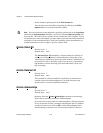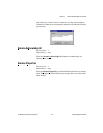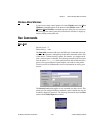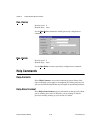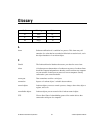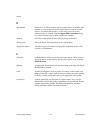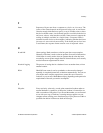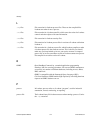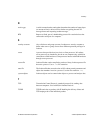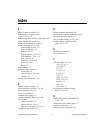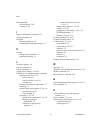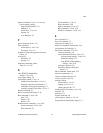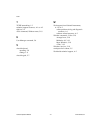Glossary
© National Instruments Corporation G-3 Lookout Operator’s Manual
F
frame Sequence of bytes sent from a computer to a device or vice versa. The
syntax of the frame depends on the protocol being used. A read frame
contains enough information to specify a set of variables whose values
the device should return. A write frame specifies a variable in the device
and a new value to write into that variable. Some protocols support the
writing of multiple variables in a single frame. A response frame is
returned from the device to the computer, indicating whether the frame
just sent to it was received successfully. If the frame just received was
a read frame, the response frame contains a set of requested values.
H
hi and hihi Alarm settings. Both warn that a value has gone above some setpoint.
Generally a Hi alarm is used to alert an operator of a need for intervention.
A hihi alarm is usually used to alert an operator that the value has been
exceeded by an even greater margin than a hi alarm indicates, and is usually
used to indicate an urgent need for action.
historical logging The process of storing data in a database for use at another time, or from
another location.
HOA Hand-Off-Auto control, used to set whether a value must be changed
manually, is completely turned off, or functions automatically. You can use
a Pot object and a complex expression to create this sort of control in
Lookout, or you can use a RadioButton object, depending on the particular
requirements of the task you need to accomplish.
I
I/O point Every read-only, write-only, or read-write connection Lookout makes to
external hardware is counted as an I/O point. Lookout is licensed for use
with a set number of I/O points. If you exceed the number you are licensed
to use with your copy of Lookout, a warning message appears on your
computer screen warning you to shut down one of your processes within a
specified time before Lookout cuts back on I/O usage.



